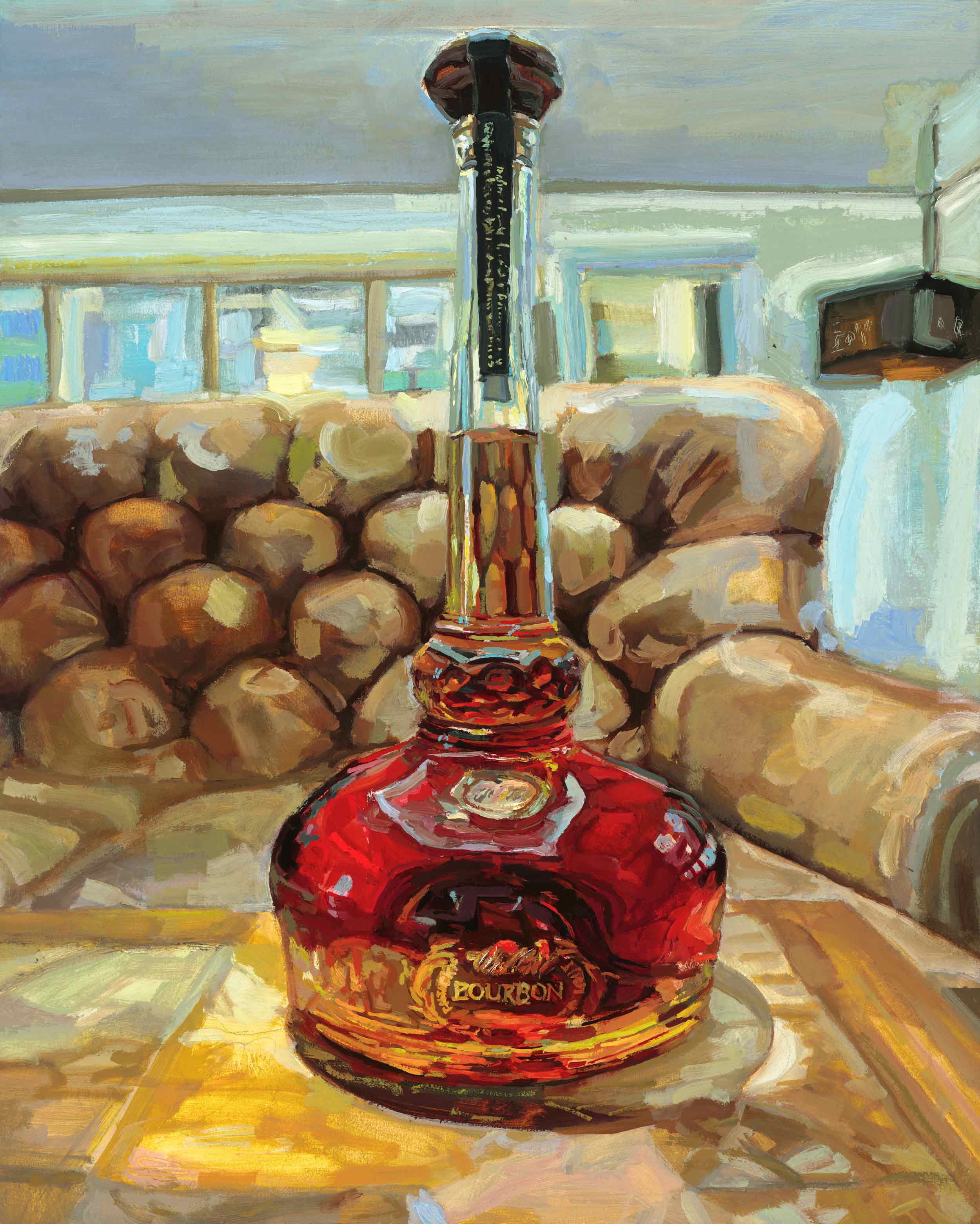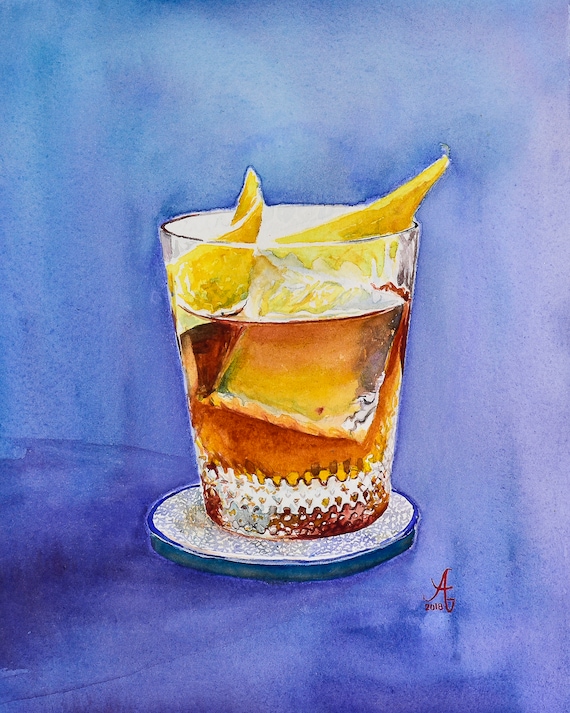The Value of Whiskey Art in Celebrating Heritage and Workmanship in the Beverage Industry
The complex connection between whiskey art and the event of heritage and workmanship within the drink industry can not be overstated. Through thoughtfully made containers and labels, bourbon brands envelop their historic roots and the artisanal abilities that define their manufacturing techniques. This imaginative measurement not only improves market charm however additionally functions as a channel for cultural narration, fostering a deeper connection in between the craft and the consumer. As we check out the numerous facets of this topic, fascinating questions regarding the effect of contemporary patterns on standard practices occur, prompting more evaluation.
The Historical Roots of Whiskey
At the heart of whiskey's appeal lies a rich tapestry of historical roots that map back to ancient civilizations. The origins of whiskey can be linked to the purification methods of the Sumerians and Babylonians around 2000 BCE, where very early forms of fermented grain drinks started to emerge. However, it remained in the Center Ages that the art of purification evolved significantly, especially in Ireland and Scotland, bring about the development of scotch as we understand it today.
The term "bourbon" itself derives from the Gaelic word "uisce beatha," meaning "water of life." This expression underscores the social relevance of whiskey in Celtic societies, where it was commonly connected with routines, events, and communal bonding. By the 15th century, purification ended up being an identified craft within monastic neighborhoods, paving the means for the facility of lawful distilleries.
As trade routes broadened, whiskey's appeal grew, going beyond local limits and catching the passion of lovers worldwide. Bourbon Art. This historic trip shows not only the craftsmanship behind bourbon manufacturing however additionally its important duty in social and social contexts, marking it as a considerable beverage throughout history
Artistic Expression in Branding
Scotch branding stands as a compelling crossway of creativity and business, where aesthetic identity plays an important function fit consumer assumption. The visual appeals of scotch tags, packaging, and marketing materials show not only the brand name's story yet likewise its core values and heritage. Through artistic expression, distilleries communicate a story that reverberates with consumers, stimulating feelings and sparking connections.
Making use of color, typography, and imagery in branding offers to differentiate items in a saturated market. As an example, standard concepts may stimulate a sense of authenticity and craftsmanship, while contemporary layouts can signify technology and forward-thinking. This calculated creative instructions improves brand name recognition and loyalty, permitting consumers to forge an individual connection with the scotch they choose.
Moreover, artistic expression in branding often acts as a party of local heritage. Distilleries often include regional icons or historical recommendations into their designs, producing a local color that invites customers to take part in a wider social experience. Ultimately, the artistry behind whiskey branding not just improves visual allure yet also enriches the general story of the brand name, cultivating a much deeper gratitude for the workmanship and heritage ingrained in each container.
Craftsmanship in Bottle Layout
The virtuosity noticeable in bourbon branding prolongs past aesthetic identification to incorporate the workmanship involved in container style. Each container offers as a vessel not just for the spirit within, however likewise for the story it outlines its practice, origin, and high quality. The layout procedure calls for precise interest to information, as elements such as shape, product, and closure add significantly to the overall understanding of the bourbon.
Workmanship in container design includes picking top notch glass that can improve the whiskey's shade and quality, while additionally providing a responsive experience for the customer. The shape of the bottle should be both practical and visually attractive, commonly mirroring the heritage of the brand. Numerous distilleries visit the site choose for one-of-a-kind forms or embossed logo designs that evoke a feeling of credibility and history.
In addition, the label style and typography play a crucial function in communicating the brand name's story. Realism Art. A well-crafted container not only mesmerizes the consumer's eye but likewise strengthens the brand name's dedication to quality and custom. By doing this, the craftsmanship of bottle layout ends up being a crucial element of the scotch experience, combining virtuosity with an extensive regard for heritage
Cultural Relevance of Bourbon Art
Celebrating practice and craftsmanship, the cultural importance of scotch art goes beyond plain looks, linking with the historical and social narratives of the regions where it comes from. Each container offers as a canvas, illustrating the unique stories, mythology, and traditions that have actually shaped local whiskey-making practices. The complex layouts commonly mirror the heritage of the distillers, including symbols and motifs that reverberate with the culture and values of their neighborhoods.

In enhancement, scotch art plays an important role in communal events and events, working as a substantial web link between individuals and their shared experiences. By appreciating the artistry in bourbon packaging, customers grow a much deeper understanding and respect for the craft, inevitably improving their satisfaction of the beverage itself.
Modern Trends in Bourbon Discussion
In the last few years, the discussion of bourbon has actually developed to reflect contemporary preferences and trends while still honoring standard craftsmanship - Whiskey Art. Distilleries are increasingly concentrating on aesthetic aspects that boost the overall drinking experience, linking the void between heritage and modernity
Cutting-edge container styles have actually emerged, often including sustainable materials and imaginative tags that tell compelling tales. Lots of brands now work together with local musicians, infusing their products with unique aesthetic expressions that reverberate with consumers. Additionally, limited-edition releases are typically packaged in collectible containers, including value and appeal for aficionados.
Verdict
Finally, whiskey art functions as an essential conduit for revealing the heritage and workmanship intrinsic in the drink market. Through complex branding, ingenious container designs, and culturally considerable creative components, bourbon brands properly recognize their practices and get in touch with customers. This creative story not just elevates the recognition of bourbon but also reinforces neighborhood identity and satisfaction among manufacturers. Eventually, whiskey art plays a crucial role in preserving and commemorating the abundant social tapestry of whiskey-making.


Craftsmanship in container layout entails selecting top quality glass that can boost the bourbon's shade and clearness, while likewise giving a tactile experience for the customer. In this way, the workmanship of container layout comes to be a vital element of the scotch experience, combining artistry with a profound respect for heritage.
In verdict, bourbon art serves as an essential conduit for sharing the heritage and craftsmanship intrinsic in the beverage industry.